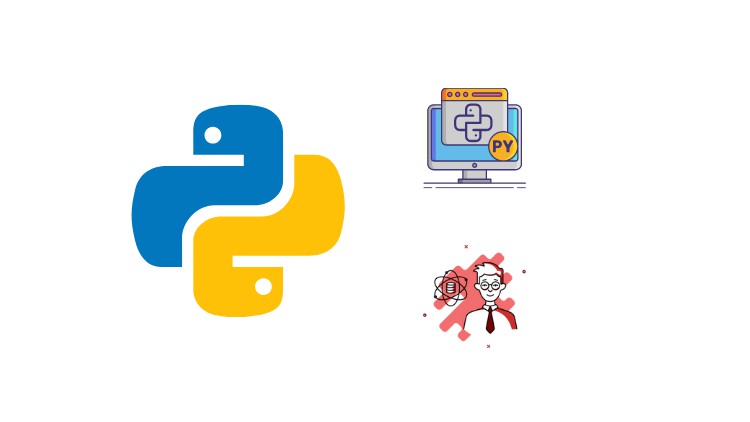
What you will learn
Start with Basics of Python like Lists and Function and move up to Numpy
Coding Exercises for Python
Learn the best practices of using Python for Data Science
Complete Numpy Basics
Practice in coding exercises and participate in quizzes
Grasp on how to summarize large data using NumPy
Statistical Analysis using NumPy for Data Analysis
Summarizing using Numpy on large dataset
Description
The new gold is data. This statement demonstrates how data capture, storage, and analysis are at the heart of every modern IT system. It doesn’t matter if you’re making a business choice, forecasting the weather, investigating protein structures in biology, or creating a marketing strategy. All of these scenarios call for a multidisciplinary approach that includes the use of mathematical models, statistics, graphs, databases, and, of course, the commercial or scientific rationale that underpins the data analysis. As a result, we need a programming language that can handle all of these different data science requirements. Python stands out as one of these languages since it comes with a plethora of libraries and built-in capabilities that make it simple to meet the demands of data research.
This beginner-friendly introduction to Python will help you get started learning Python for data science and programming in general. Python is one of the most widely used programming languages in the world, and there has never been a bigger demand for individuals who can apply Python basics to drive business solutions in a variety of industries.
In this course, you’ll learn how this versatile language allows you to import, clean, manipulate, and visualize data—all integral skills for any aspiring data professional or researcher. Through interactive exercises, you’ll get hands-on with some of the most popular Python libraries, including NumPy.This course will take you from zero to programming in Python in a matter of hours—no prior programming experience necessary!
What you’ll learn:
-
Programming with Python
-
NumPy with Python
-
The basic process of data science
-
Python IDEs and notebooks
-
An applied understanding of how to manipulate and analyze uncurated datasets
-
Basic statistical analysis
-
How to visualize the results
-
30+ coding exercises and quizzes
Gain the career-building Python skills you need to succeed as a data scientist. No prior coding experience is required.
By the end of this course, you’ll feel comfortable creating basic programs, working with data, and solving real-world problems in Python. You’ll gain a strong foundation for more advanced learning in the field, and develop skills to help advance your career.
Content
Introduction
Basics of Python
Python List fiesta
Functions
NUMPY